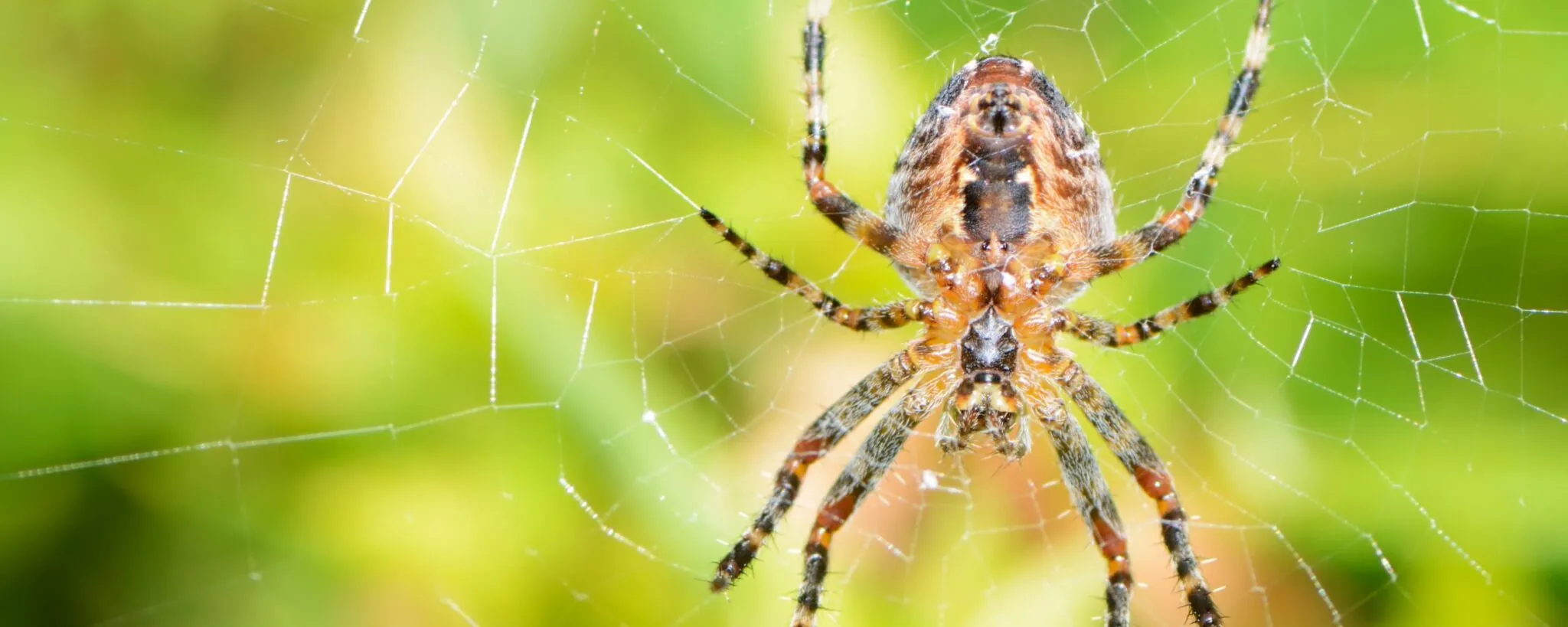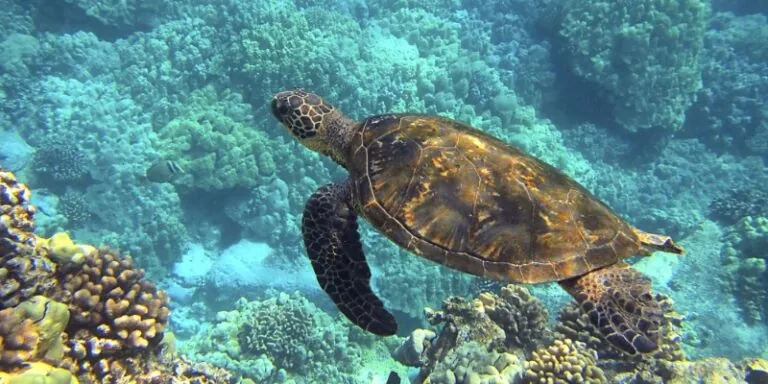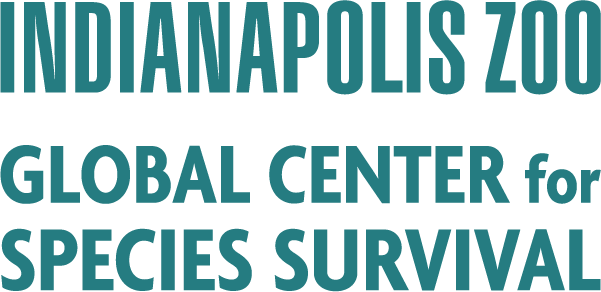
Working Together to Protect Species

What does in situ mean? In situ translates into “in the original place.” Among conservationists, in situ refers to the protection of a species in the wild. In situ conservation work aims to preserve natural habitats, allowing the species that live there to thrive. National parks are an example of in situ conservation work, because these protected spaces allow species to remain in their home range. It is important to partner in conservation in the wild.

What does ex situ mean? Ex situ translates into “away from the natural location.” Among conservationists, ex situ refers to species in human care. This includes accredited zoos, aquariums and botanical gardens. When a species is struggling to survive in its home range, for whatever reason, ex situ conservation may be essential to the preservation of the species. Ex situ conservation also gives experts a chance to closely study species and use what they learn to improve in situ conservation plans. Human care is often a necessary partner in conservation.
Connecting In Situ and Ex Situ Conservation Communities
Conservation isn’t an either/or process. The One Plan Approach builds on the strengths of in situ and ex situ conservation. The IUCN SSC Conservation Planning Specialist Group (CPSG) defines it as “the development of management strategies and conservation actions by all responsible parties for all populations of a species, whether inside or outside their natural range.”
Having the Global Center for Species Survival at the Indianapolis Zoo is a huge step forward for the One Plan Approach. “There is no single organization that can do it all. These issues are too big. The challenges are massive. And it takes unbelievable cooperation and enduring commitment,” said Dr. Rob Shumaker, President & CEO at the Indianapolis Zoo.
When you visit a zoo, aquarium or botanical garden, you are participating in the conservation of species. Your admission fees contribute to the care of ex situ species. That care leads to greater understanding of species. And that understanding improves in situ conservation planning.
“Some of the things that we learn at zoos can be applied in the wild. But more important is mobilizing the communities around the zoos – the visitors, the scientists – and having them engaged with the saving of species in the wild,” said Dr. Jon Paul Rodríguez, Chair of the IUCN Species Survival Commission.

